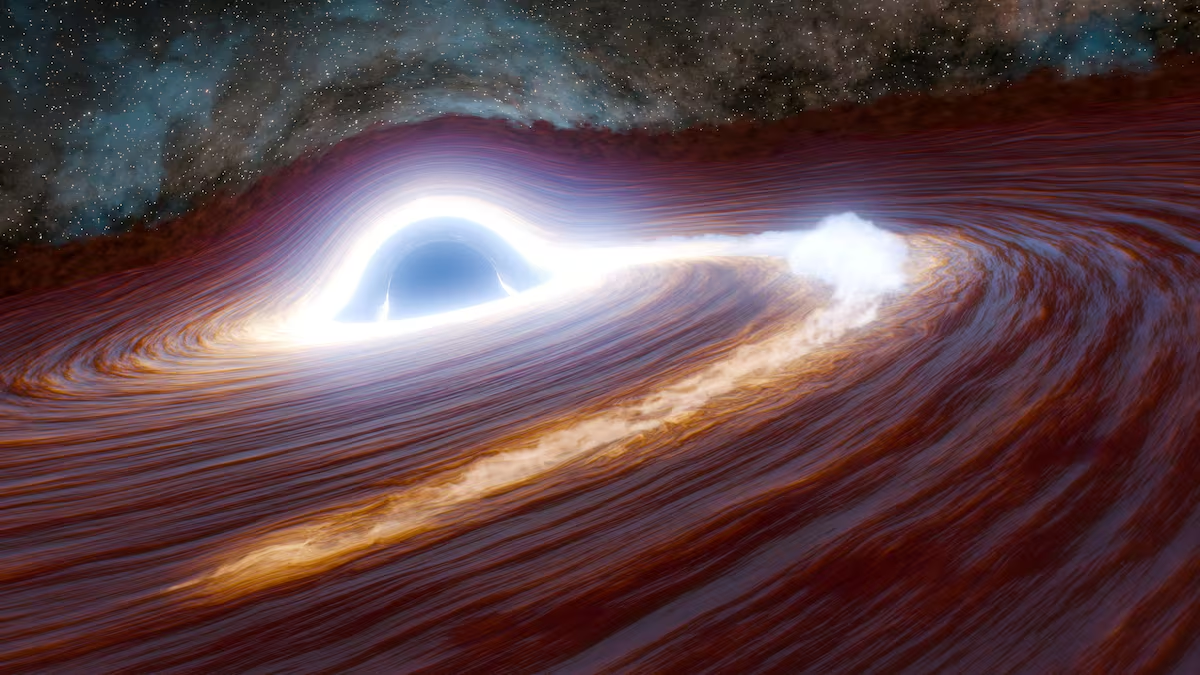
For the first time in its history, the Institute of Astronomy of the National Autonomous University of Mexico (UNAM), through a consortium of European research institutions from France, Portugal, the United Kingdom, Belgium, Ireland and Germany, has participated in the modernization of one of the most relevant telescopes for astronomy, the Very Large Telescope Interferometer (VLTI) at Cerro Paranal in northern Chile. The name of the project is Gravity+ and This consists of updates to VLTI that change performance and sky range. Germany’s Max Planck Institute for Extraterrestrial Physics, which is leading the project, says it aims to create artificial stars and incorporate lasers to correct for atmospheric distortions, and hopes to create an improved system to more accurately measure black hole masses.
VTLI consists of a combination of four 8-meter-diameter Very Large Telescope (VLT) units that operate simultaneously to observe the same objects in the sky. “It’s like a composite telescope with a diameter of more than 130 meters,” explains Joel Sánchez Bermúdez, PhD in physics and space sciences at the Institute of Astronomy, one of the scientists involved in the project, in the university’s biweekly publication Gaceta UNAM.
Salvador Cuevas Cardona, a physicist in the Metrology Department of the Institute of Astronomy, designed an optical element that he calls: Grisma —from english lattice (grid) and prism (Prism) – Important in one of the improvement packages, as it improves spectral resolution by a factor of four over the current one, according to the Official Gazette. Cuevas said his creation is made of germanium, a chemical element known for its use in semiconductors such as transistors, but less used than silicon, which is used in computer and cell phone chips, integrated circuits and memory. “The spectral resolution increases depending on the number of lines per millimeter of the grating section and the diffraction index of the prism,” the publication says. In addition, the Institute of Astronomy’s Instrumentation Division designs and manufactures the mechanical and electronic components of the filter wheels of the new high-resolution (HR) spectrometers that will be installed on Astronomy. Gravity+ In 2027.
The Mexicans behind the project
For 38 years, Salvador Cuevas Cardona has worked in the Astronomical Instrumentation Department of the UNAM Institute of Astronomy. Its work includes designing and manufacturing tools for national and international observatories, such as the validation instrument for Spain’s Great Telescope Canarias (GTC). It also includes the fusion of science and art, such as the lenses built into the sacred stained glass windows of the church of Santa Maria degli Angeli in Rome. This lens projects a perfect image of the sun into the center of the rotunda in front of the entrance during the equinoxes and solstices. To the temple.
Joel Sánchez Bermúdez is an expert in the use of interferometric data, a technique that combines waves such as light, radio and sound to make high-precision infrared measurements for the study of stellar physics. According to his bio, his research focuses on the study of star formation and evolution using high angular resolution techniques in the infrared. In 2018, he was a member of the scientific team led by Nobel laureate in physics Raynard Genzel that discovered that the formation of black holes is a reliable prediction of general relativity.



